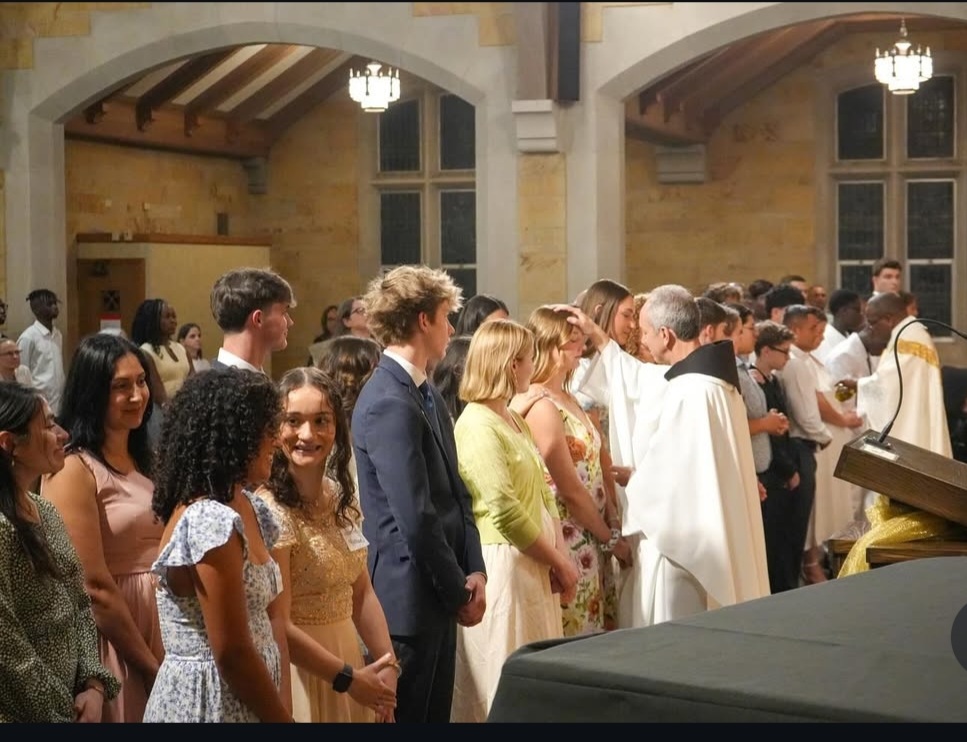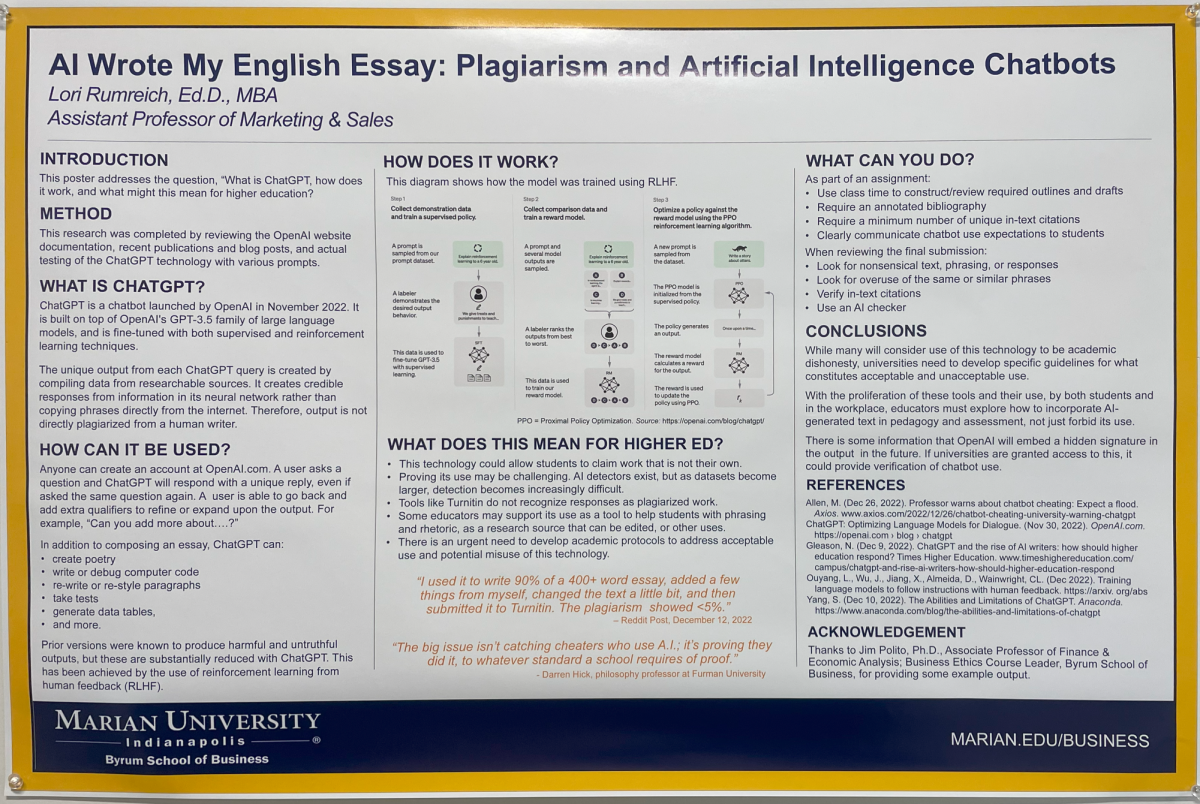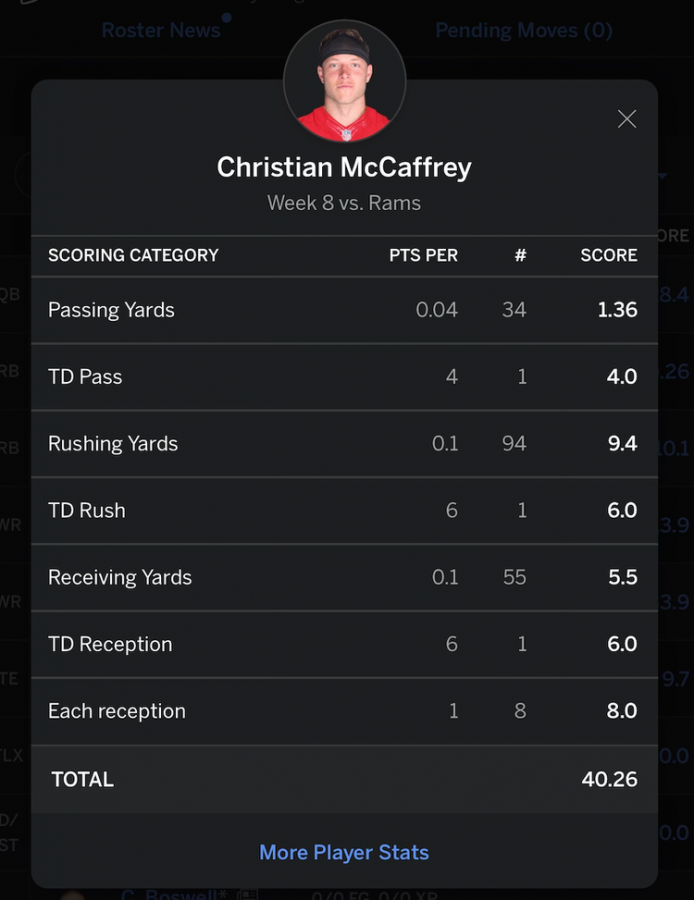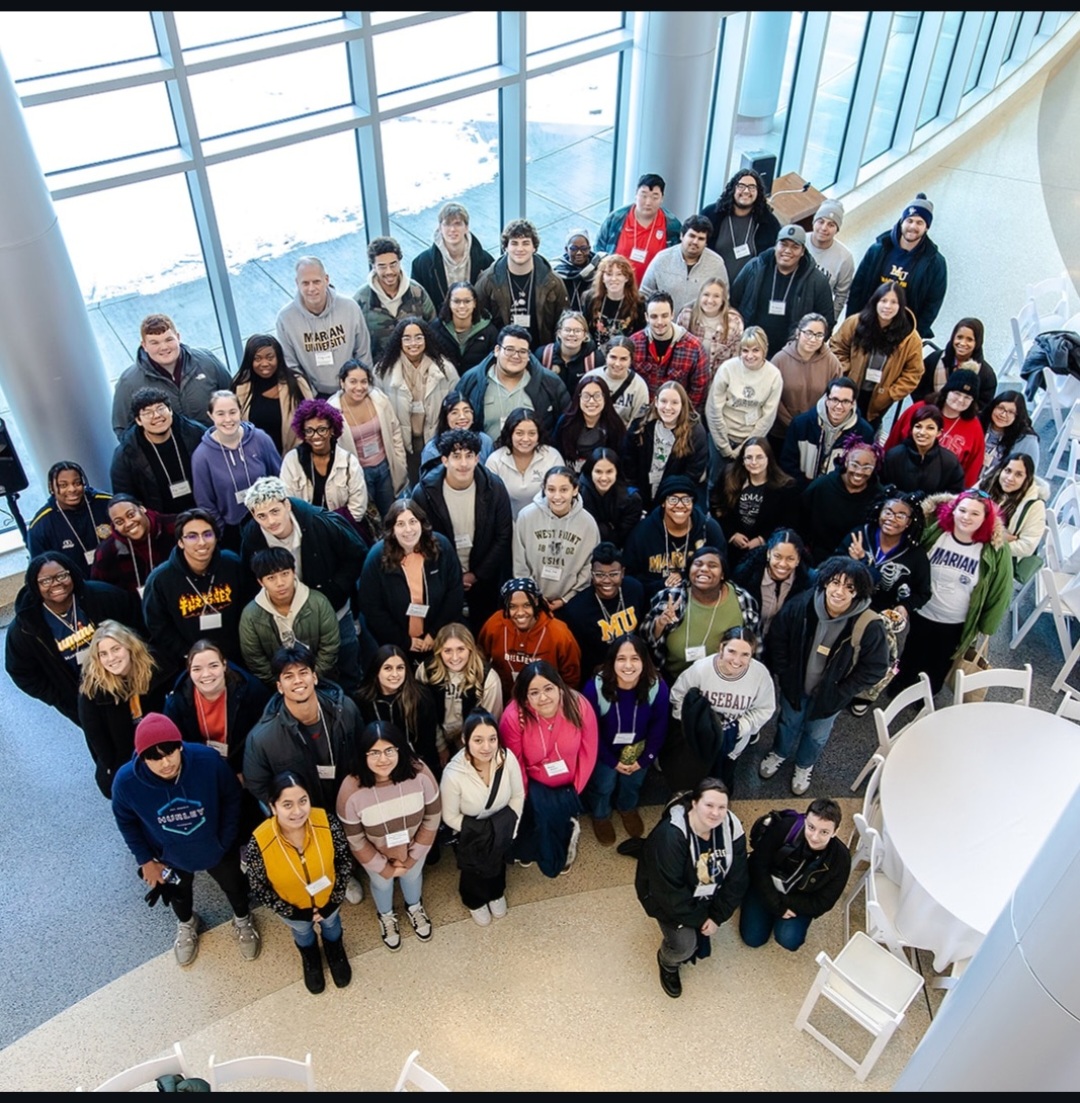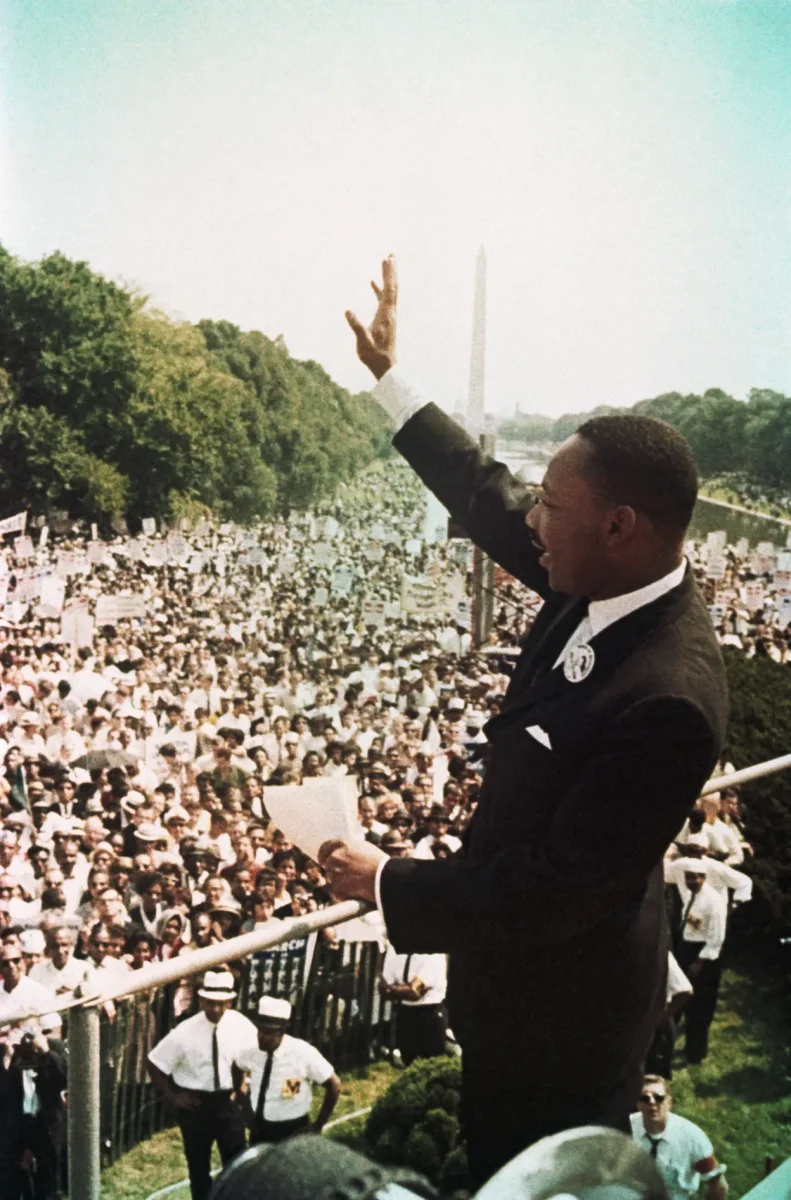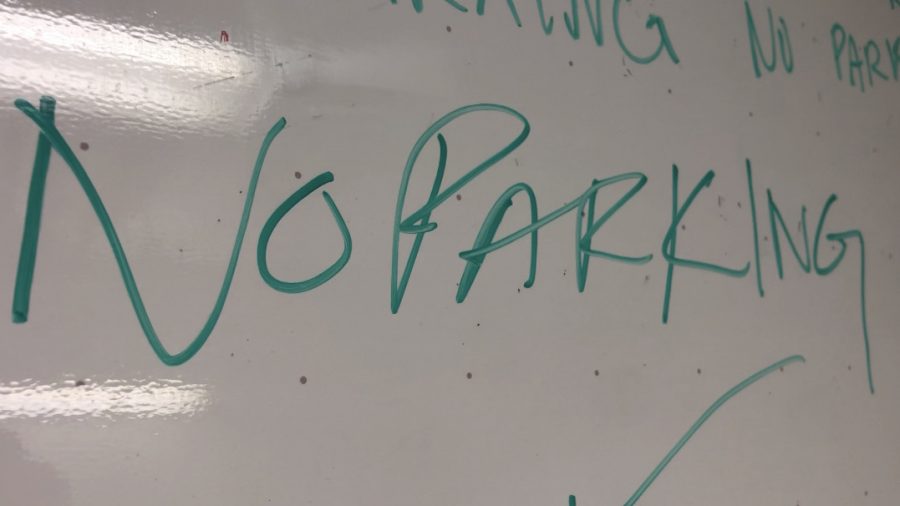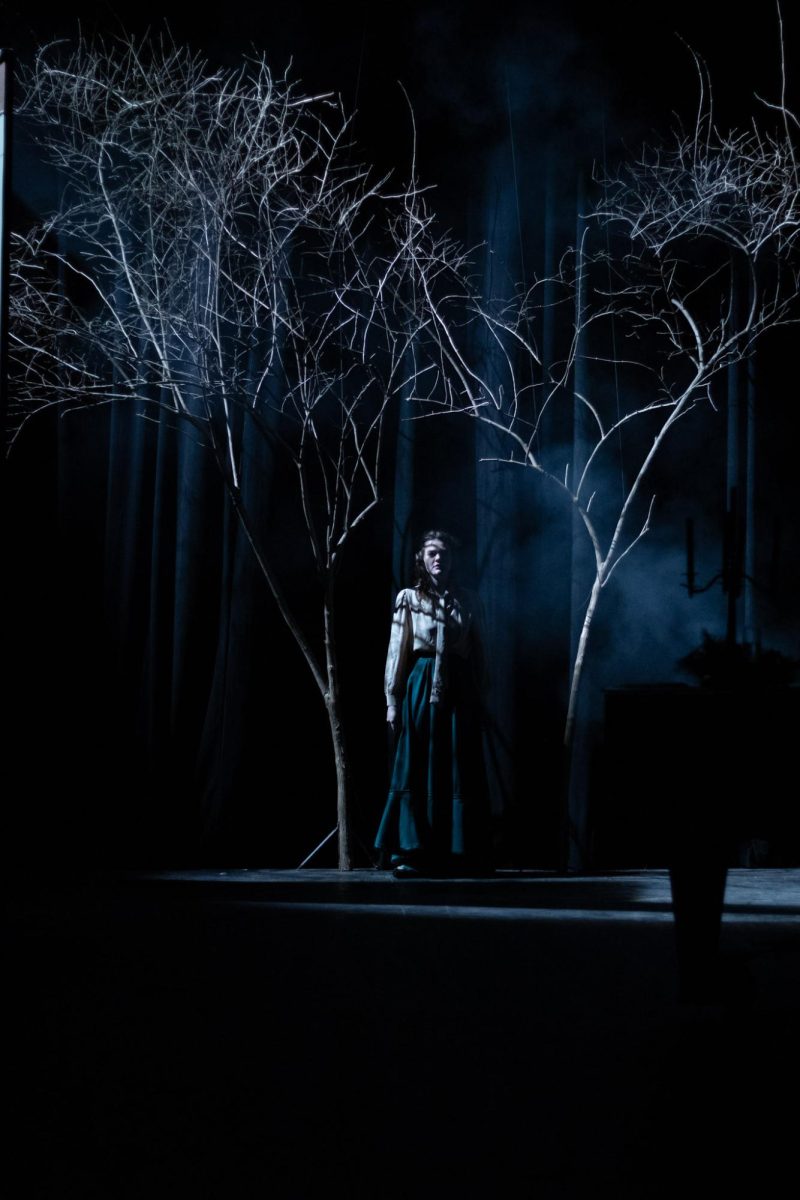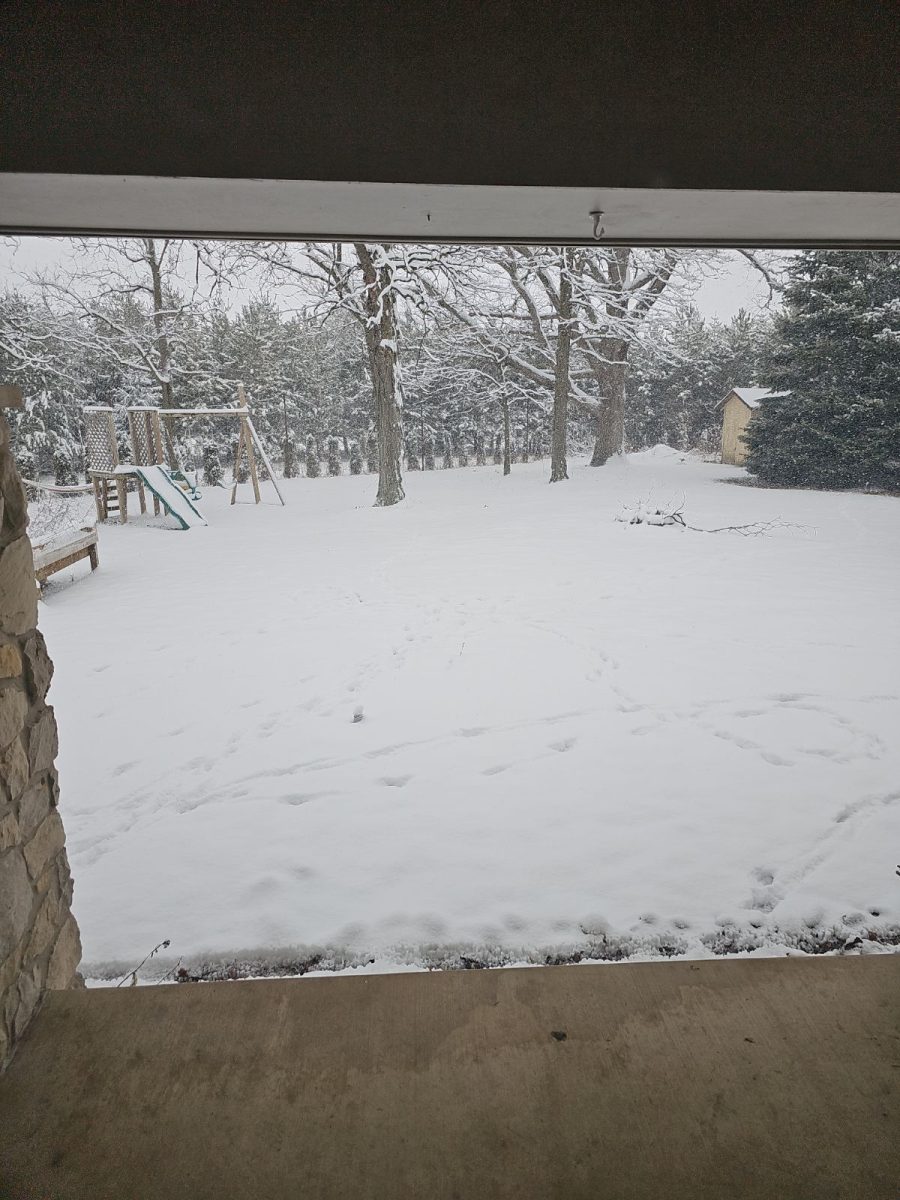Groundhog Day, celebrated annually on February 2nd, is a beloved tradition across North America. It revolves around a small furry forecaster emerging from its burrow to predict the arrival of spring. But beyond the festivities and folklore lies a fascinating history and a fun debate: Is this custom an accurate indicator of the changing seasons?
The roots of Groundhog Day trace back to ancient Europe, where a badger or hedgehog’s emergence from hibernation was believed to forecast the weather. German immigrants to the United States adapted this tradition, substituting the hedgehog with the more commonly found groundhog. The first official Groundhog Day in the United States dates back to 1887 in Punxsutawney, Pennsylvania, where Punxsutawney Phil makes his annual appearance. Each year, thousands gather at Gobbler’s Knob in Punxsutawney before dawn to witness Phil’s prediction. According to tradition, if Phil sees his shadow, there will be six more weeks of winter. If not, spring will arrive early. Similar ceremonies are held in other parts of North America, with various groundhogs taking on the role of weather forecaster.
While Phil’s shadowless 2024 prediction for an early spring offered hope for warm weather, people all over the midwest woke up to snow. February 2024 witnessed several winter storms, including a major blizzard that impacted much of the Midwest. According to the National Weather Service (NWS), the blizzard brought heavy snowfall, strong winds, and freezing temperatures, disrupting travel, causing power outages, and leaving many communities under snowdrifts. Central Indiana saw snow fall between 4 and 6 inches (Updated snow totals for central Indiana | wthr.com)!
This weather event highlighted the limitations of relying on a groundhog’s prediction for an entire region’s weather. While some parts of the country may have experienced milder conditions, the Midwest endured a harsh winter reality that contradicted Phil’s forecast. Groundhog Day accuracy as a weather predictor is a touchy subject among meteorologists. They point out that Phil’s predictions have been accurate only about 39% of the time, according to analysis by the National Oceanic and Atmospheric Administration (NOAA). Meteorologists emphasize the lack of scientific basis for Groundhog Day predictions. Factors like temperature, precipitation patterns, and atmospheric pressure play a more significant role in determining seasonal transitions. Groundhogs, they argue, are not equipped with the meteorological insight required for accurate forecasts.
Despite its questionable accuracy, Groundhog Day holds cultural significance. It brings communities together, fostering a sense of community and providing a lighthearted break from the winter cold. The tradition has also inspired countless films, books, and works of art, further cementing its place in popular culture. It’s important to remember that Groundhog Day traditions aren’t meant to be scientifically accurate weather forecasts, but a way of bringing people together.
